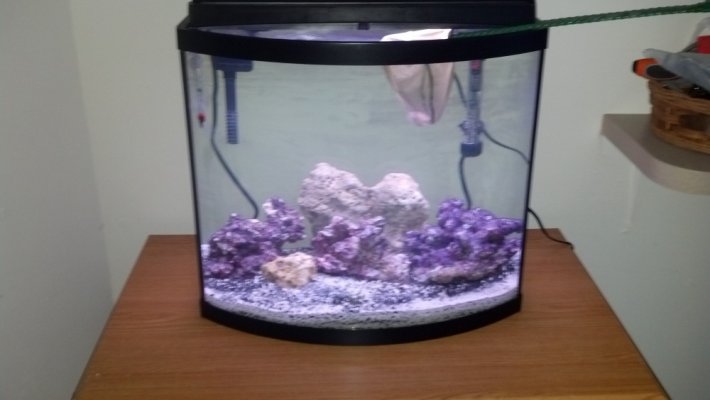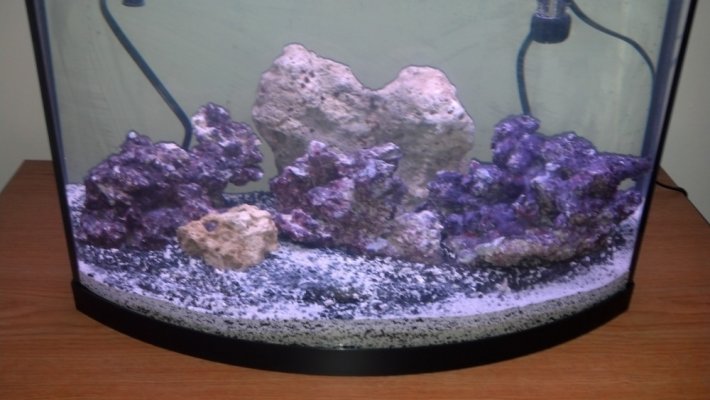It means that "reef ready" rock is better to use as a portion of the rock in larger tanks. But, just like with normal live rock, some are better than others. It's a man made rock and there are lots of ways to make it. Some people make it very porous and light with lots of internal holes (usually using salt to achieve this) and it filters well and is much lighter than the stuff that's just molded as solid concrete and sand. If you bought this kind of reef ready rock it's going to do a lot to filter your tank. But real live rock comes from the ocean and usually has lots of the best bacteria and tiny live organisms that add to the diversity of life in your tank. These living things help consume fish waste, and some of the organisms become food that fish can feed on. If you get another piece of real live rock the life on it will eventually move to the rock you already have and make it better. Try googling "benefits of live rock in a saltwater tank" to get some knowledge about it. It's interesting stuff!



